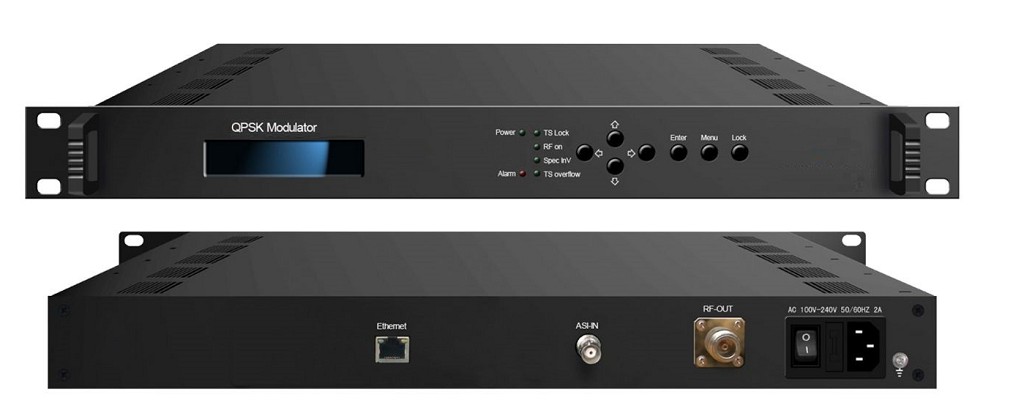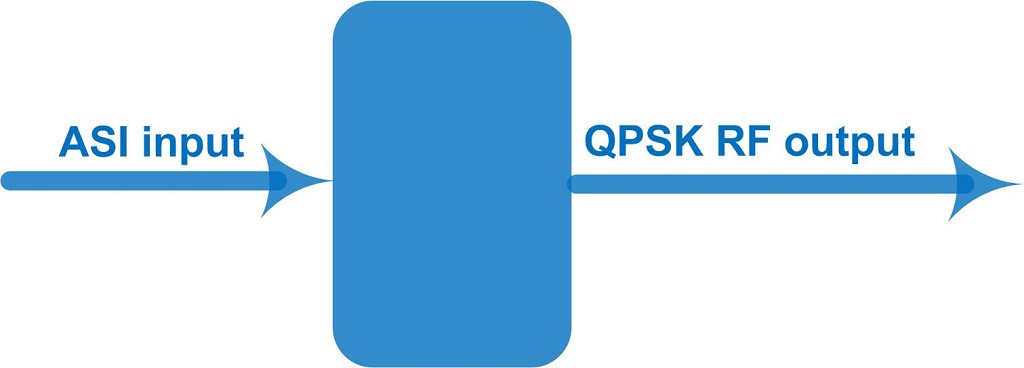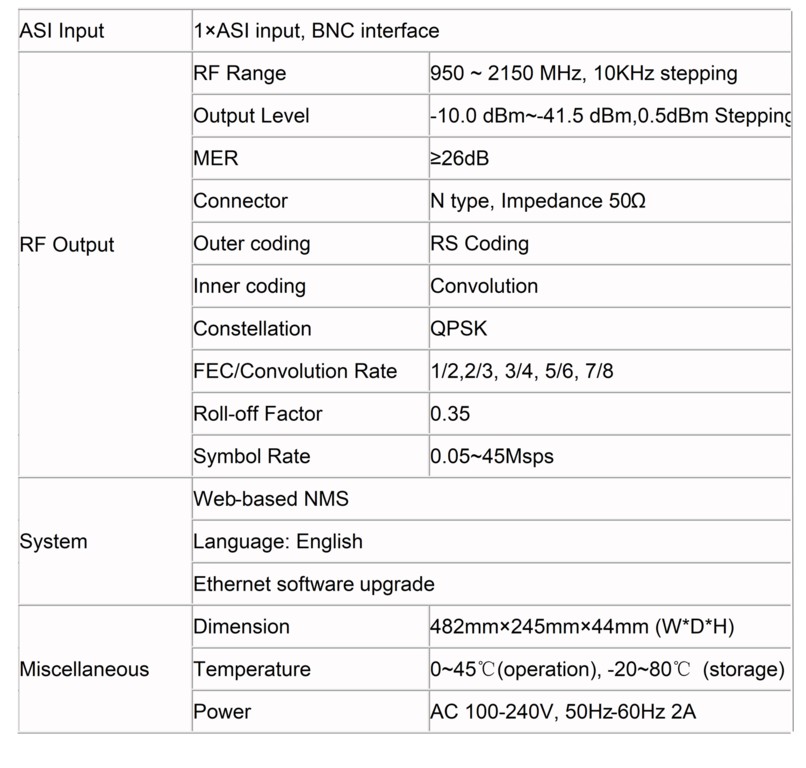Input: 1ASI and 1*IP input
Output: QPSK RF
Range: 950 ~ 2150 MHz, 10KHz stepping
 Download Specification of STM-1330D
Download Specification of STM-1330D
 Download the User Manual of STM-1330D
Download the User Manual of STM-1330D
STM-1330D is a QPSK modulator, developed according to DVB-S (EN300421) QPSK standard. It has powerful spectral efficiency, advanced anti-jamming, and a competitive price-performance ratio. To guarantee high transmission performance, this QPSK modulator adopts the disposal of energy diffusing, RS coding, convolution interleaving, and pre-modulated baseband shaping. To sum up, all the approaches make this STM-1330D QPSK modulator widely used in Broadcasting, Interactive Services, News Gathering, and other Broadband satellite applications.

Fully complying with DVB-S (EN300421) standard
Support 1 ASI input
QPSK Constellations
Output frequency range: 950~2150MHz, 10KHz stepping
Support local and remote control with Web-based NMS


Digital satellite television broadcasters use phase-shift keying modulation of the satellite's carrier signal as part of the digital data stream encoding process.
The phase-shift is the difference between the expected phase of a carrier signal and the actual phase. Most digital transmissions rely on two similar forms of phase-shift keying -- 8PSK and QPSK -- that use different modulations to encode data.
QPSK, or Quadrature Phase-Shift Keying, uses four distinct phase-shifts to encode data. These phase-shifts are 45 degrees, 135 degrees, 225 degrees and 315 degrees. In contrast, 8PSK, or Eight Phase-Shift Keying, uses eight distinct phase-shifts. These occur at 0 degrees, 45 degrees, 90 degrees, 135 degrees, 180 degrees, 225 degrees, 270 degrees and 315 degrees.
The number of encoded bits relies on the number of encoded phases. Because QPSK uses four distinct phases to encode data, each cycle in the encoded waveform represents one of four different values. This can be expressed as a 2-bit number, since the number of possible values a 2-bit value can hold is four. 8PSK uses eight phases, expressed by a 3-bit number (2 to the power of 3 is equal to 8). Therefore, 8PSK transmits 3-bit symbols whereas QPSK transmits 2-bit symbols per cycle.
Because 8PSK transmits more bits per cycle when compared to QPSK, it achieves a higher data rate at the same frequency than QPSK. For example, at a carrier-wave frequency of 1,000 symbols per second, QPSK transmits 2,000 bits,while 8PSK transmits 3,000 bits.
8PSK requires considerably more complex circuitry than QPSK. This affects the budget of a transmission system. Additionally, since 8PSK transmits more bits per symbol than QPSK, it requires higher transmission power and may have a higher bit-error rate. Designers consider these factors when planning transmission systems.
Click here to compare 8PSK Modulator.